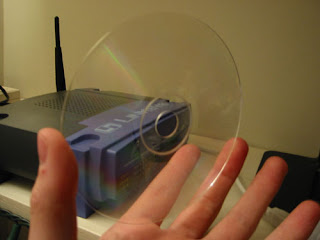Universal Serial Bus. It was developed in the year 1994. Initially USB ports are added to a machine using I/O adapters. Slowly the usage of USB started to increase. Now the USB ports are provided as in-built ports.
Now all the devices are manufactured with USB ports. Most of the devices are built with USB port instead of parallel and serial ports. Some of the devices that uses USB for connection with system unit are:
- Keyboard
- Mouse
- Webcam
- Speaker
- Joystick
- Printer
- Digital Camera
- Hard disk (external)
- Mobile Phones
USB enables the "Plug and Play" feature. That is, the connected device will be automatically recognized and the device driver will be automatically selected and it will be ready to use. USB uses the technology called "Hot Swapping", in which the devices does not need external power supply for working. Upto 127 devices can be connected to a single port (using hubs).
The mobile phones uses the USB port for charging.The mobile phones uses the USB port for charging.
Versions
- 1.0 & 1.1 - Data transfer rate is 12 Mbps
- 2.0 - Data transfer rate is 480 Mbps.
- 3.0 - Supports data transfer rate upto 4.8 Gbps.
Types of USB Ports



















































